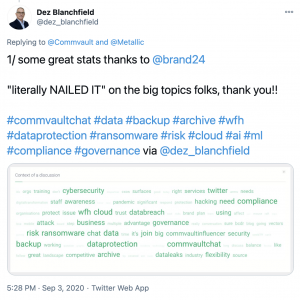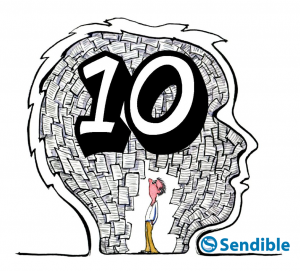What do gamification and storytelling have in common? Well, they’re both trending new ways to reshape your current lead generation setup. Whether it’s the blog says gamification is shaping up modern marketing or the content marketer explaining the value of storytelling, there’s no questioning the popularity of these two topics.
What happens though when you put them together?
 As a writer, I’ve come to conclude that story-telling isn’t just limited to sitting down with a book and just reciting off it in the hopes of drawing in the listeners. There’s also interactive storytelling which is not as new an idea as you might think.
As a writer, I’ve come to conclude that story-telling isn’t just limited to sitting down with a book and just reciting off it in the hopes of drawing in the listeners. There’s also interactive storytelling which is not as new an idea as you might think.
Video games may have sparked the craze but even the games themselves hearken back to the days when children would pretend to be in different worlds and being different people. Believe it or not, this too is a form of storytelling. It’s the kind that allows participants to shape the story themselves, not just let an author hold absolute sway over the chain of events. This accomplishes several things:
- A sense of accomplishment – Participants are rewarded by proceeding to the next chapter of the story.
- A sense of independence – Again, they are made aware that they have a strong say over what happens next and express what direction they’d like to take.
- A sense of responsibility – Given the previous two, this is to be expected. Your prospects understand that they’re obliged the play their part.
Coincidentally, these are the same values that B2B marketers are told to instill when applying gamification. They want to incentivize purchases and customer engagement from the customer’s end. So as you can see, it’s not just possible to merge these two increasingly popular concepts for your lead generation strategy.
It could very well be the thing it needs and here’s how to get started:
- Create an environment – Consider the equivalent of world building. You want your prospects, your ‘players,’ to be in an environment where they can act out and decide what kind of story will take place.
- Offer several roles – Like in a lot of popular fantasy RPGs, participants are offered a variety of roles that match their personality. Isn’t it the same when it comes to a sales approach?
- Use roles to determine prospect’s needs – As you take into account the kind of role your prospect likes to play, use the information to determine what it is they want to accomplish.
- Align results with prospect’s initiative – Not only should you create different results for your prospect’s different choices, you need to make sure that these are the results they want.
You don’t necessarily have to be either a game developer or an award-winning author to apply these very basic ideas. Storytelling helps you create powerful, relevant content while gamification lets you give prospects the independence they need to tell you what they’re looking for.
Business & Finance Articles on Business 2 Community
(228)
Report Post









